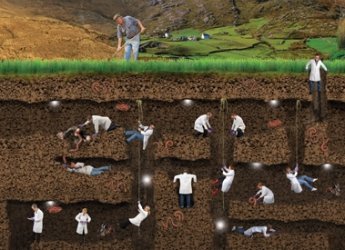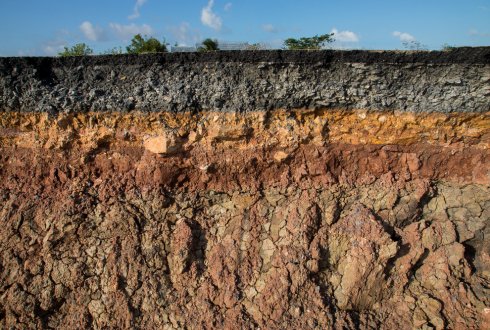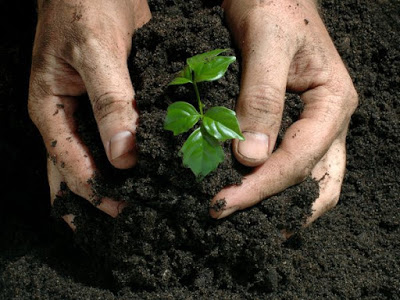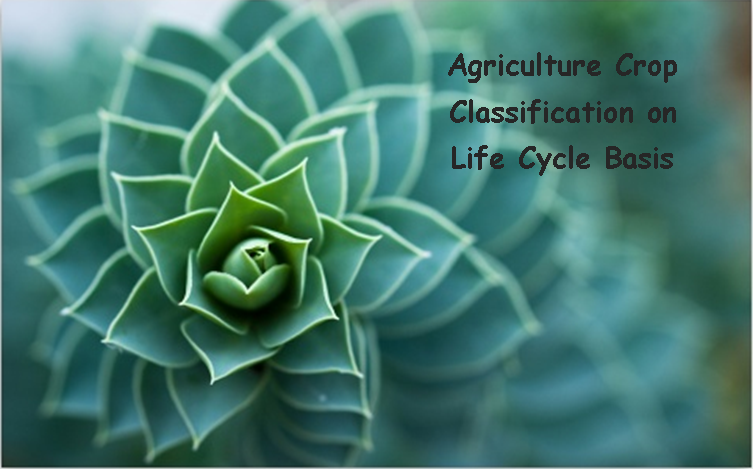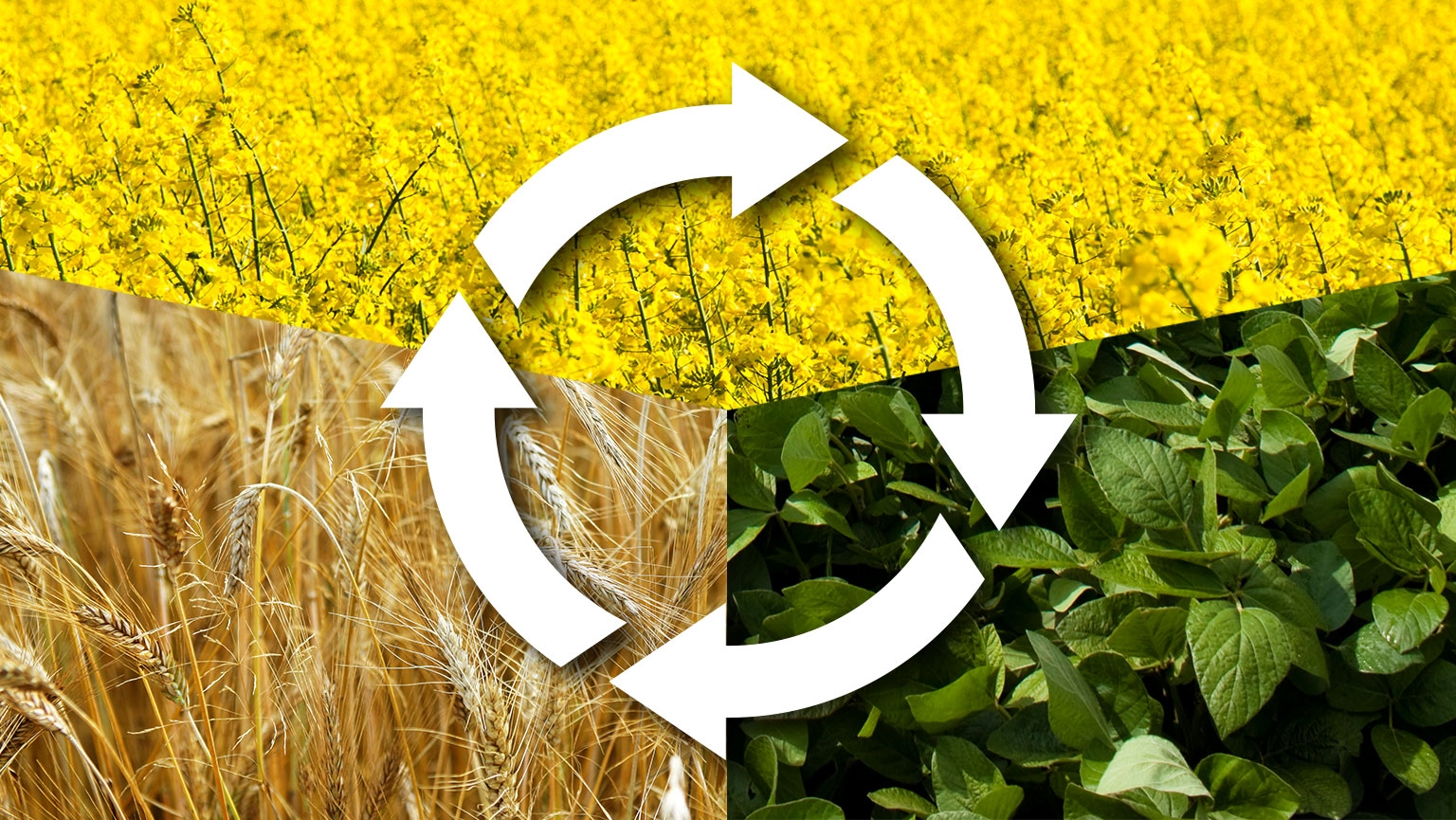Introduction
Soil is a natural resource. It exists on the earth surface even before the existence of mankind on earth. So to study soil from various dynamics and its relation with other entities whether living or non-living things, a branch of science was designated called as soil science. So Soil Science is the branch of science that studies soil formation, its mapping and classification, properties including physical, chemical and biological and management of soil for various purposes. This is has enabled the scientists to craft various branches of soil science.
Branches of Soil Science
Due to this importance of soil, scientists divide soil science into various branches for easy understanding of various soil phenomenon. There are 8 branches of soil science. These include;
- Soil Physics
- Soil Chemistry
- Soil Biology
- Soil Mineralogy
- Soil Fertility
- Soil Genesis and Classification (Pedology)
- Soil Survey
- Soil Technology
Soil Physics
Soil has a mechanical behavior. By mechanical behavior, it means soil has physical properties and through which it control physical process in and through the soil. There is a need to measure that control of soil over various physical processes and for this, soil physics is the branch of soil science that focuses on this phenomenon.
Soil Chemistry
This branch of soil science deals with the study of chemical properties and composition of soil. It also studies the chemical processes that takes place in soil.
Soil Biology
This branch deals with the soil ecology. In this, scientists study the role of living organisms in biological transformations that take place in soil.
Soil Mineralogy
The study of minerals present in the soil is focused in soil mineralogy. It also includes the study of contribution made by those minerals in soil physical, chemical, biological and fertility and their relation to the genesis of soil.
Soil Fertility
The status of nutrients present in the soil and the ability of soil to provide these nutrients to the crops or plants for optimum growth under finest environmental conditions like temperature, light etc.
Soil Genesis and Classification (Pedology)
The study of weathering of rocks and minerals and soil formation is studied under this branch of soil science. It also includes the classification of soil in recognized manner.
Soil Survey
Systematic analysis and examination of soil in the laboratories as well as in fields is studied in soil survey. It also includes the study of adaptability of soils to various crops in different areas and also interpretation of soil according to soil productivity under different management systems.
Soil Technology
It is an applied side of the soil science. It deals with the study of principles and the practices of soil erosion and conservation. It also deals with the soil health or soil problems that include salinity, sodic (alkaline), acidic, degradation, water logging etc.
Cite this Article in APA Style as:
[box type=”note” align=”aligncenter” ]Rahman, M. A. (2018, March 10). Branches of Soil Science [Blog Post]. Retrieved from http://aridagriculture.com/2018/03/10/branches-of-soil-science/[/box]
